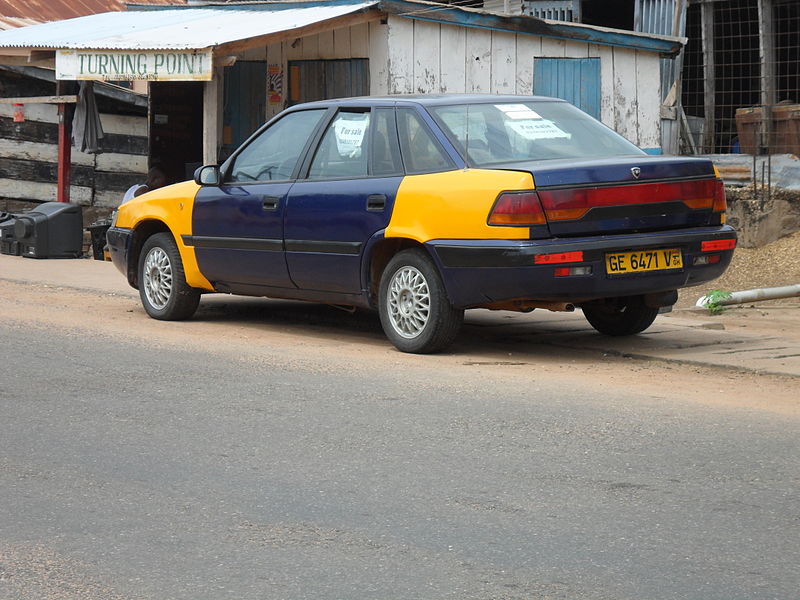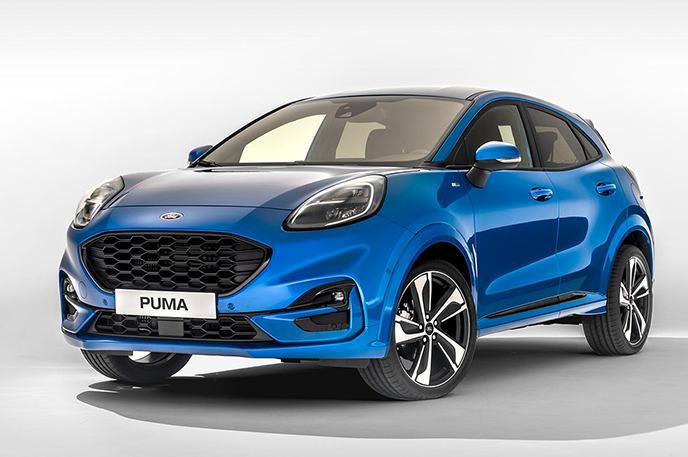
Daewoo Espero - the favorite of taxi drivers
It was supposed to be a Korean hit. It was supposed to be the cheapest and one of the best-selling middle class cars in Poland. In 1999, at the end of sales in Poland, a well-equipped Daewoo Espero with a 1.8-liter engine cost less than 34 thousand. zl. Taniocha! It was supposed to revolutionize the middle class and fill the Polish roads. Daewoo Espero was supposed to be an offer that the Polish client could not refuse. It was supposed to be a cure for all the problems of the Korean brand. What happened?
It should have been excellent. The project, developed by Bertone Studio, was prepared with a mid-range Citroen limousine in mind. However, the concept with an excellent drag coefficient (Cx=0,29) did not arouse the interest of the French rulers. On the other hand, representatives of the Korean Daewoo immediately picked up the idea and began to polish an interesting, in their opinion, concept. So in 1991 the Daewoo Espero was born.
The car, produced in 1991 - 1997 in Korea, and then in 1996 - 1999 in Poland at the FSO plant in Zheran, transferred to the Korean concern Daewoo, unfortunately, did not conquer the market. Yes, he turned out to be one of the most willingly bought cars in the taxi fleet, but otherwise he did not make a dizzying career. Planned annual sales of 20. pieces, unfortunately, were beyond the capabilities of the Korean magnate. Year by year, the number of Daewoo Esperos leaving the factory walls has decreased. Also in the Spanish market, where the model was called Aranos, Daewoo did not make a dizzying career. Why is this interesting, cheap, well-equipped and roomy car not liked by drivers?
Looking at the side profile of the car, it is impossible not to notice the shape of the body, completely subordinated to the requirements of aerodynamics. A wedge-shaped front end, with a hood flat as a drafting table, without any stamping in the doors and fenders, a sloping roofline - all this together made up a pleasant whole. Daewoo Espero may not have been handsome, but certainly not without originality. Especially the rear apron with powerful pro-American lights, made according to the best American designs.
Based on the Opel Ascona platform, the Daewoo Espero was over 4.6 meters long. With a width of 1.7 m and a height of less than 1.4 m, the body offered ample space inside. Passengers in the front and rear seats could not complain about discomfort, thanks to a fairly solid (at that time) wheelbase (262 cm). The only downside was the limited amount of headroom (the car is quite low).
Interior trim, unfortunately, the old Korean school. Cheap and dark plastic, bland dashboard design and an equally exciting clock, unfortunately, did not stand out. Although spacious and reasonably comfortable seats, often upholstered in velor, and extensive standard comfort equipment provided very comfortable travel conditions, unfortunately Daewoo failed to attract crowds in the salons of Daewoo.
MacPherson struts at the front and trailing arms with flexible traction at the rear were not conducive to dynamic and sporty driving. The body leaned quite strongly on bends, thereby increasing the pressure of passengers. In addition, the drives did not encourage insanity.
Under the hood, only gasoline units could work. The smallest and most modern of these, a 1.5L DOHC double overhead cam, was fitted to the GLX version. The other two, 1.8 l and 2.0 l, installed on the CD version, are simple and proven eight-valve units.
The smallest of the engines, a 90 liter, 0 hp, provided meager performance (100-13 km / h in less than 173 seconds and only 11 km / h) and consumed quite a lot of fuel - in city traffic you can easily exceed 12 or even 100 liters for every XNUMX km. Larger engines burned even more fuel for only marginally better performance. Therefore, most cars are equipped with gas installations. Unfortunately, there was no diesel version in the offer. Perhaps this is precisely the failure of the model in the European market.
Daewoo Espero (Spanish waiting) unfortunately did not make a dizzying career. An interestingly designed body and rich equipment were not enough to convince the demanding European clientele. Perhaps the name of the model suggested that something better was yet to come. And so it happened. The defeat in the Espero case did not prevent the Koreans from taking on projects intended for other manufacturers - a few years later, the project of a small city car, also developed by an Italian stylistic studio, was rejected by Fiat. Daewoo again adapted it to its conditions and created ... Matiz.
